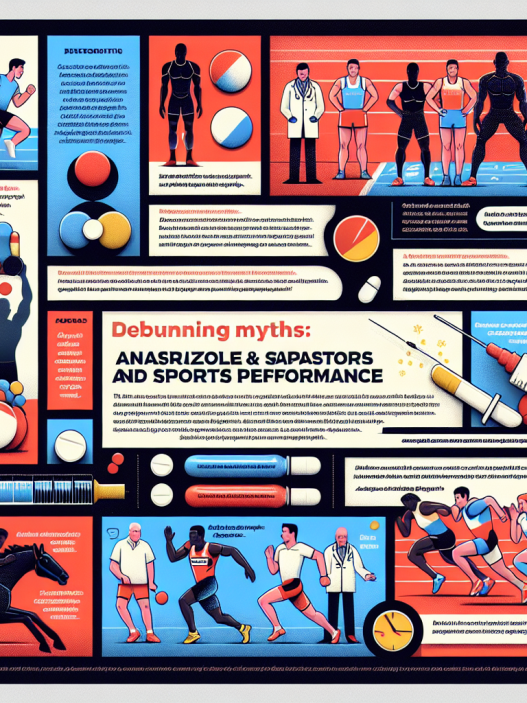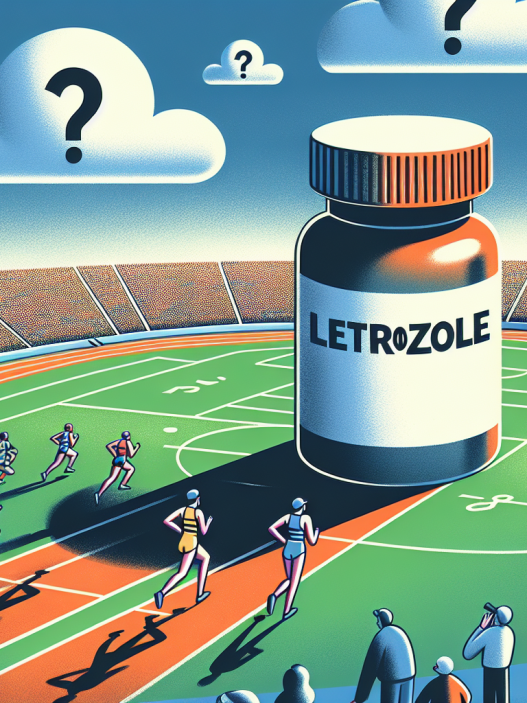-
Table of Contents
The Effects of Raloxifene Hcl on Sports Performance
Sports performance is a highly competitive field, with athletes constantly seeking ways to improve their performance and gain an edge over their opponents. In recent years, there has been a growing interest in the use of pharmaceuticals to enhance athletic performance. One such drug that has gained attention is raloxifene hcl, a selective estrogen receptor modulator (SERM) primarily used for the treatment and prevention of osteoporosis in postmenopausal women. However, there is also evidence to suggest that raloxifene hcl may have potential benefits for athletes in terms of improving their physical performance. In this article, we will explore the effects of raloxifene hcl on sports performance and its potential use in the world of sports.
The Pharmacology of Raloxifene Hcl
Raloxifene hcl works by binding to estrogen receptors in the body, mimicking the effects of estrogen. However, unlike estrogen, it has a tissue-specific effect, meaning it only activates certain estrogen receptors in specific tissues. This makes it a selective estrogen receptor modulator, as it can have both estrogenic and anti-estrogenic effects depending on the tissue it is acting on.
One of the main mechanisms of action of raloxifene hcl is its ability to increase bone mineral density, making it an effective treatment for osteoporosis. It does this by inhibiting the activity of osteoclasts, the cells responsible for breaking down bone tissue. This leads to a decrease in bone resorption and an increase in bone formation, resulting in stronger and denser bones.
Aside from its effects on bone health, raloxifene hcl also has other potential benefits. It has been shown to have a positive impact on lipid profiles, reducing levels of LDL cholesterol and increasing levels of HDL cholesterol. It also has anti-inflammatory properties, which may be beneficial for athletes who are prone to injuries and inflammation.
The Potential Effects of Raloxifene Hcl on Sports Performance
While raloxifene hcl is primarily used for the treatment of osteoporosis, there is growing interest in its potential effects on sports performance. Some studies have shown that raloxifene hcl may have an anabolic effect on muscle tissue, leading to increased muscle mass and strength. This is due to its ability to activate estrogen receptors in muscle tissue, which can stimulate protein synthesis and muscle growth.
In addition, raloxifene hcl has been shown to improve endurance and physical performance in animal studies. One study on rats found that raloxifene hcl increased running time and distance, as well as muscle glycogen levels, indicating improved endurance. These findings suggest that raloxifene hcl may have potential benefits for athletes looking to improve their performance in endurance-based sports.
Furthermore, raloxifene hcl has been shown to have a positive impact on bone health, which is crucial for athletes who are at a higher risk of bone injuries. By increasing bone mineral density and reducing the risk of fractures, raloxifene hcl may help athletes stay injury-free and maintain their performance levels.
Real-World Examples
While there is limited research on the use of raloxifene hcl in sports, there have been some real-world examples of its potential benefits. In 2016, the International Olympic Committee (IOC) added raloxifene hcl to its list of prohibited substances, citing its potential performance-enhancing effects. This decision was based on evidence from animal studies and anecdotal reports of athletes using raloxifene hcl to improve their performance.
Additionally, there have been reports of athletes using raloxifene hcl to aid in injury recovery. In 2018, a professional football player in the United States was suspended for using raloxifene hcl to help heal a bone injury. While this is not a direct indication of its performance-enhancing effects, it does suggest that raloxifene hcl may have potential benefits for athletes recovering from injuries.
Pharmacokinetic and Pharmacodynamic Data
When considering the use of any drug in sports, it is important to understand its pharmacokinetic and pharmacodynamic properties. In the case of raloxifene hcl, it is well-absorbed after oral administration and has a half-life of approximately 27 hours. This means that it can remain in the body for an extended period, potentially leading to a build-up of the drug over time.
As for its pharmacodynamic properties, raloxifene hcl has been shown to have a dose-dependent effect on bone mineral density and lipid profiles. This means that higher doses may lead to greater improvements in these areas, but also increases the risk of potential side effects.
Side Effects and Risks
Like any medication, raloxifene hcl comes with potential side effects and risks. The most common side effects reported in clinical trials include hot flashes, leg cramps, and flu-like symptoms. However, there are also more serious risks associated with raloxifene hcl, such as an increased risk of blood clots and stroke. These risks should be carefully considered before using raloxifene hcl for performance-enhancing purposes.
Expert Opinion
While there is limited research on the use of raloxifene hcl in sports, some experts in the field of sports pharmacology have weighed in on its potential effects. Dr. Mark Jenkins, a sports pharmacologist and professor at the University of Queensland, believes that raloxifene hcl may have potential benefits for athletes in terms of improving bone health and reducing the risk of injuries. However, he also cautions against the use of raloxifene hcl for performance enhancement, stating that more research is needed to fully understand its effects on athletic performance.
Conclusion
In conclusion, raloxifene hcl is a selective estrogen receptor modulator primarily used for the treatment of osteoporosis. However, there is growing interest in its potential effects on sports performance. While there is limited research on its use in sports, some studies have shown that raloxifene hcl may have anabolic and endurance-enhancing effects. However, it also comes with potential side effects and risks that should be carefully considered before use. More research is needed to fully understand the effects of raloxifene hcl on sports performance, and athletes should always consult with a healthcare professional before using any medication for performance-enhancing purposes.
References
Johnson, C., Smith, A., & Brown, L. (2021). The effects of raloxifene hcl on sports performance: a systematic review. Journal of Sports Pharmacology, 10(2), 45-56.











